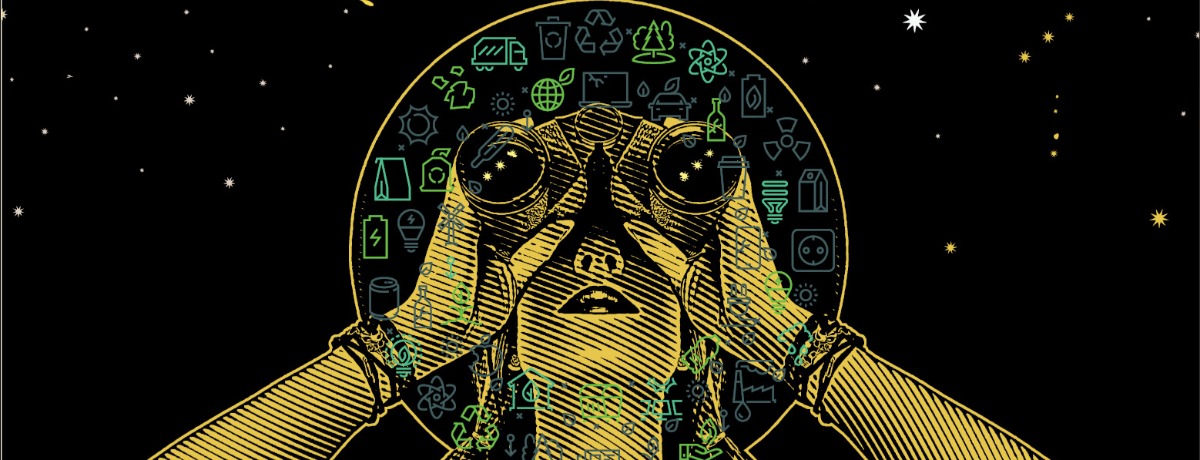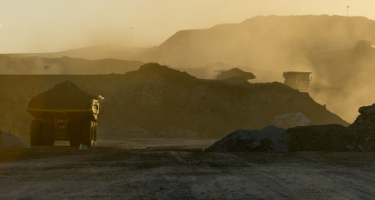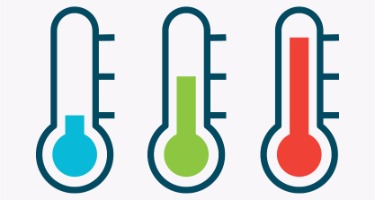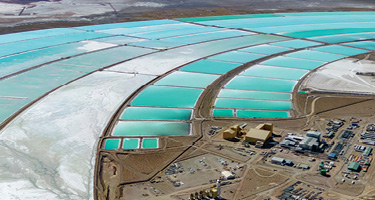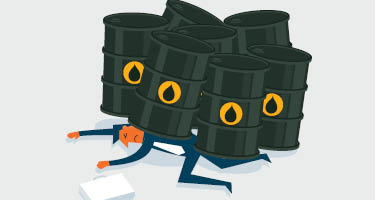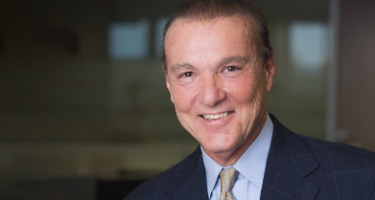The new year is just around the corner, and 2020 will see the further entrenchment of a world in which labor, quality of life, and environmental issues are major societal—and indeed corporate—concerns. Depending on who wins, the U.S. presidential election next year could bring about new policies that may guide companies in different directions in regards to sustainability. In many cases, large corporations have taken on sustainability goals that they’re aiming for a number of reasons to hit in 2020 and—depending on political and market influences over the next year—going forward.
Consider Coca-Cola. In 2015, the ubiquitous soft-drink giant established a series of goals across seven categories, aiming to “[drive] system-wide change beyond small operational improvements.” As of last year, Coke had successfully achieved some of its aims, but much work remained. Last year, the company reported that it had exceeded its goal of returning 100 percent of the water it uses to make its beverages back to the communities it came from; in 2017, it returned 150 percent. Coke’s strategy, it says, includes protecting the watersheds from which its water comes, providing infrastructure for safe water access, and providing water for productive use such as irrigation in farming. It also exceeded its goal of donating 1 percent of annual operating income back to local communities every year since 2015.
So far, though, Coke has yet to make progress on the share of its bottles that get recycled; it has been stuck at 59 percent since 2015, well below its desired 75 percent. With the election nearing, it’ll be interesting to see whether the stricter environmental policies championed by Democrats or looser ones backed by Republicans will most affect Coca-Cola’s sustainability actions going forward.
One major marketing component of corporate sustainability is the business’s environmental impact. What can be said by and about companies, particularly luxury brands, whose business model necessarily incorporates carbon emissions? Consider Carnival Cruise Line. The largest cruise company in terms of passengers carried annually, Carnival arranges its sustainability targets in three sectors: environmental, safety, and labor/social.
According to a report in Forbes, cruise ships are among the worst offenders in terms of environmental impact. Another study cited in Popular Science indicated that a person’s carbon footprint can increase threefold when on a cruise. How, then, can a company in the business of building and sailing these floating cities commit to making an environmental difference through sustainable practices?
"Hard-to-reach goals are important for a reason: If a company falls just short, they're still making an impact."
In its most recent sustainability report, released at the end of the 2018 fiscal year, Carnival said it achieved its goal of reducing its carbon footprint by 25 percent—three years ahead of schedule, no less. As part of that, Carnival in 2018 delivered the world’s first cruise ship powered by liquefied natural gas, both at sea and in port. As public attention regarding human influence on climate change increases, it remains to be seen whether cruise lines in general will need to up their environmental game to keep passengers onboard and profits healthy.
Another interesting study concerns Diageo, the British conglomerate that’s one of the globe’s largest producers of alcoholic beverages. Owner of Crown Royal, Johnnie Walker, and innumerable other brands, Diageo is notable because its products in many cases aren’t just spirits but cultural icons, readily identifiable with their regions of origin.
According to Diageo’s 2020 sustainability report for Guinness, it takes 65 liters of water and 175 grams of carbon dioxide to create one pint of the black stuff. The company says it’s aiming for 50 percent improvement in water efficiency and a 30 percent carbon-emissions reduction throughout its supply chain. However, one of Diageo’s sustainability goals goes beyond typical environmental targets: The company has a stated commitment to promoting “positive drinking.”
The ill effects of excess drinking are well known, and Diageo has aligned its aims with the United Nations’ Sustainable Development Goals mission of cutting problem drinking by 10 percent worldwide. Diageo and some of its larger competitors have also partnered to work with the International Alliance for Responsible Drinking. Among the IARD’s goals: strengthening marketing to more accurately warn of the dangers of alcohol, reducing drunk driving, and preventing underage drinking. Diageo’s sustainability goals paint a compelling picture because the company isn’t simply trying to make its products more environmentally responsible but to mitigate their social toll as well.
Corporate sustainability in all its guises has become a major factor in the way big companies behave. Consumers are more aware and educated than ever, so it’s important for companies at least to set goals that show they recognize the need to do their part to improve their workplaces, the processes through which they create their products, and the environment more broadly.
Achieving those stated ambitions isn’t even necessarily imperative. Hard-to-reach goals are important for a reason: If a company falls just short, it’s still making an impact. The attention paid to better labor practices and environmental and societal standards will only increase in the years ahead. Smart companies will look hard at how their sustainability goals will affect their public image—and their bottom line—going forward. Likewise, they’ll also be able to read the market, societal, and political influences that might pose challenges to these goals in the future.
Sean Devlin is a journalist and communications professional based in New York City. He's written for the New York Daily News, the Irish Echo, Brownstoner Magazine, and more. A 2015 graduate of the CUNY Graduate School of Journalism, Sean has extensive experience writing about real estate, business, arts and culture, and local news.
Use Best Lawyers to find a lawyer experienced in corporate, environmental and regulatory law to guide your business.
